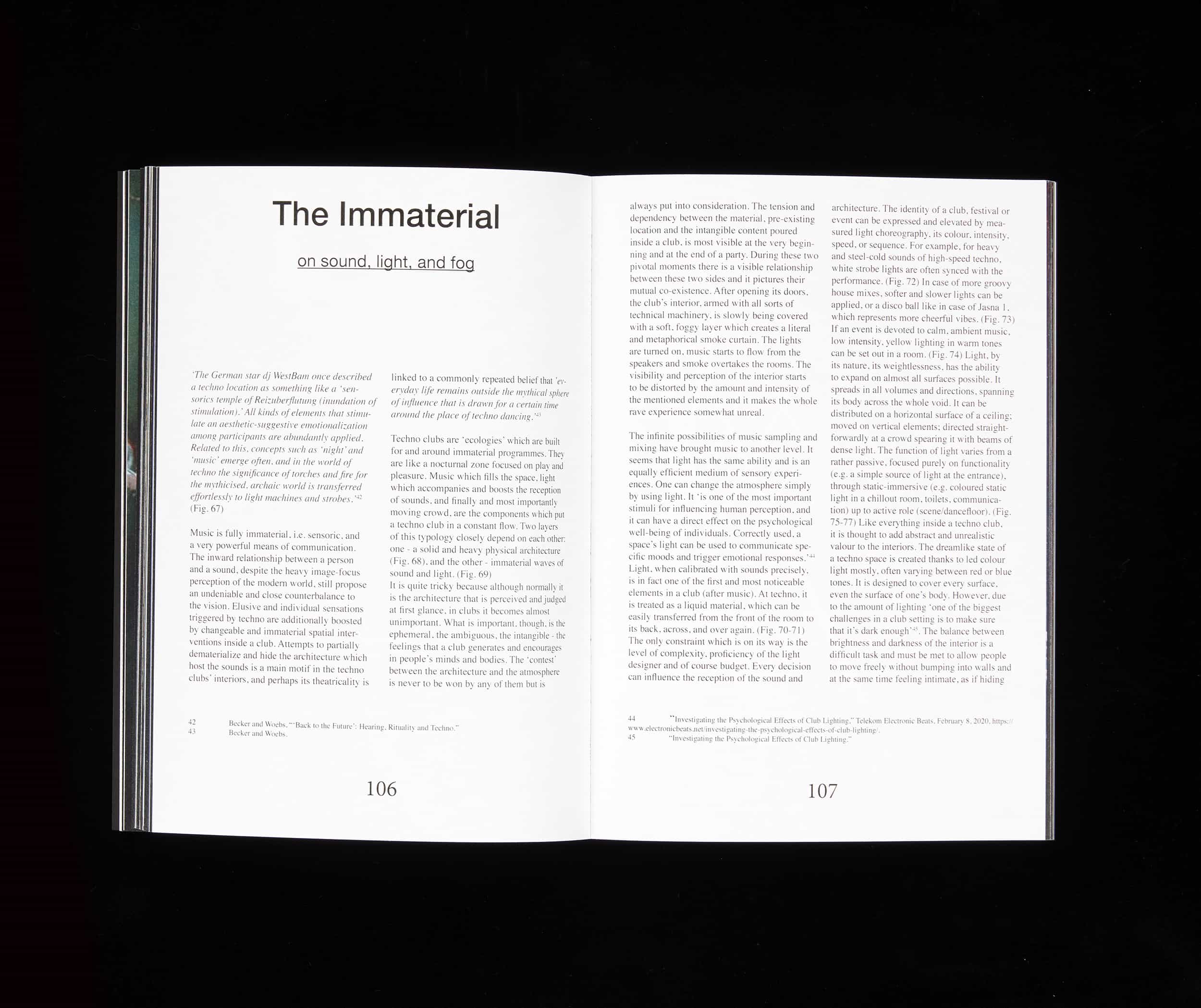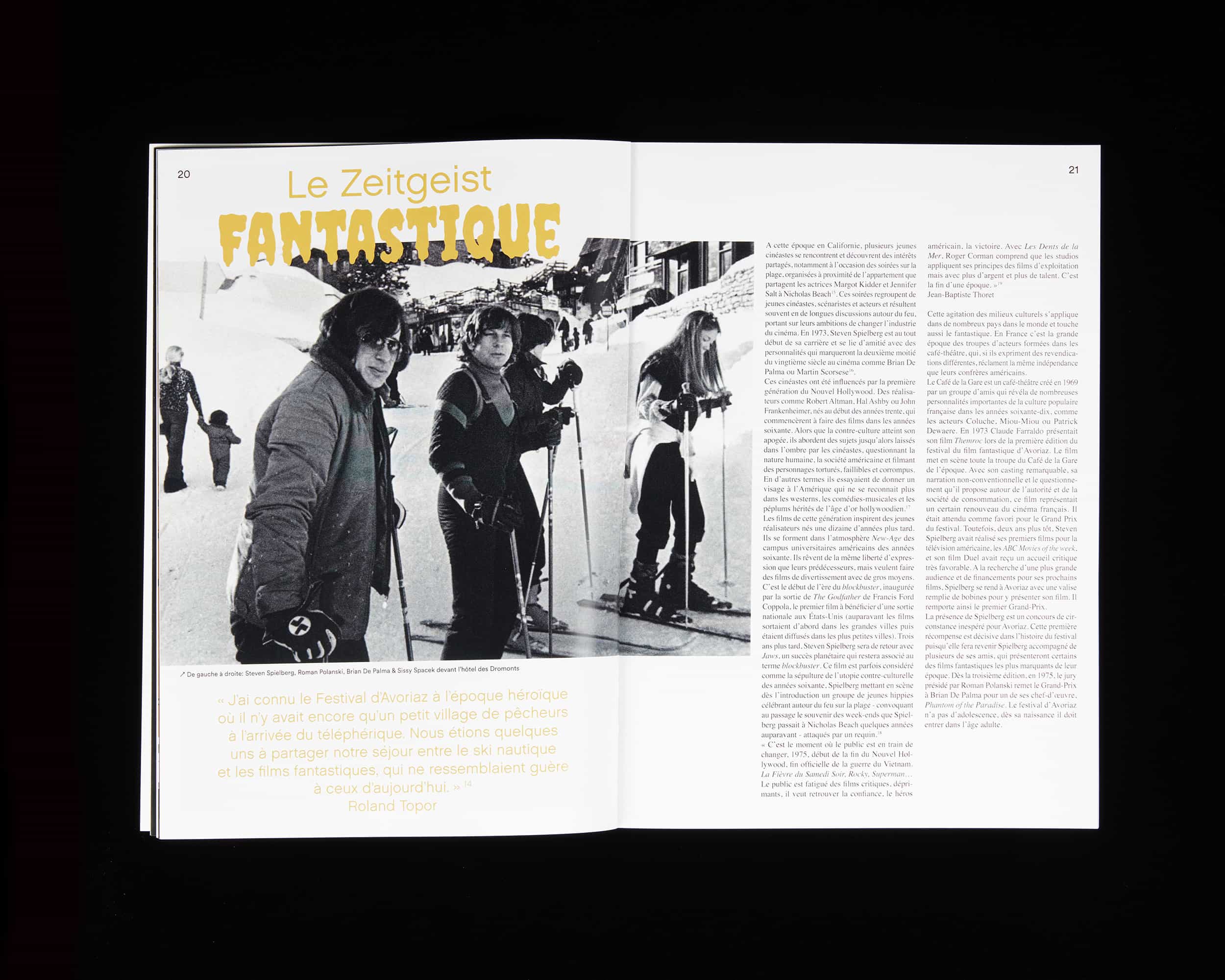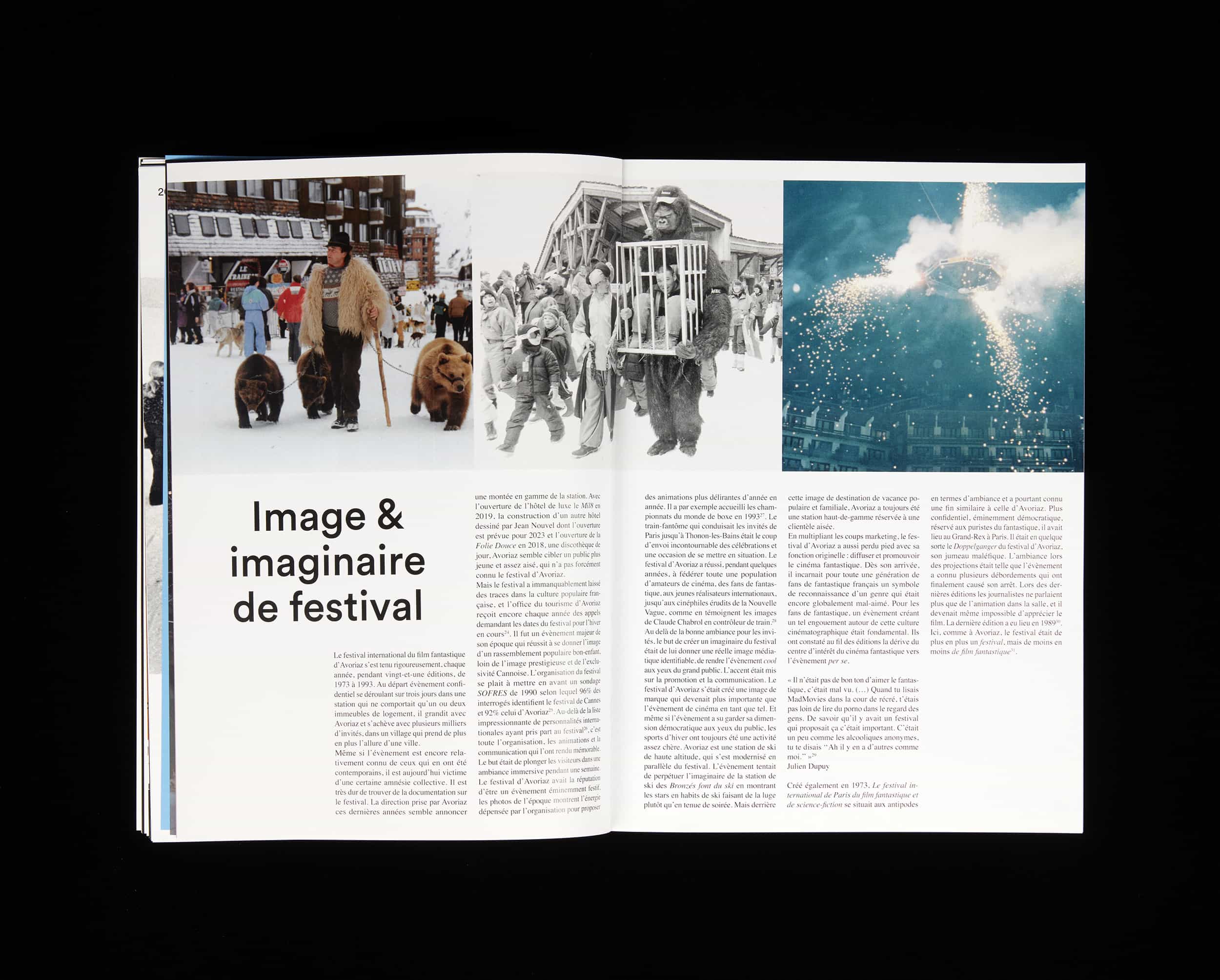A Series of Nocturnal Theses
Spring 2022
HEAD – Genève, Geneva
Developed as part of the Master of Arts in Interior Architecture (MAIA) program at HEAD – Genève, this series of theses investigates the role of night in shaping contemporary cities and societies, addressing its significance for architectural theory.
Les nuits fantastiques. L’utopie du festival d’Avoriaz
Robin Delerce
This thesis focuses on the Avoriaz International Fantasy Film Festival, aiming to shed light on the dynamics that initially contributed to its success and subsequently led to its decline. Despite maintaining a strong media presence throughout its existence, the festival is now largely forgotten. As it celebrates its 50th anniversary in 2023, this work provides an opportunity to reflect on the memory and legacy of this event. Established in 1973 with the purpose of promoting the Avoriaz ski resort through night events, the festival thrived during the emergence of a new generation of fantasy filmmakers. Notable figures such as Steven Spielberg, Brian De Palma, David Lynch, John Carpenter, George Miller, Luc Besson, David Cronenberg, James Cameron, Paul Verhoeven, and Peter Jackson were featured, all of whom benefited from the visibility provided by the festival in their early careers. Over two decades, it served as a gateway for many fantasy enthusiasts of the time and significantly contributed to the democratization of the genre in France.
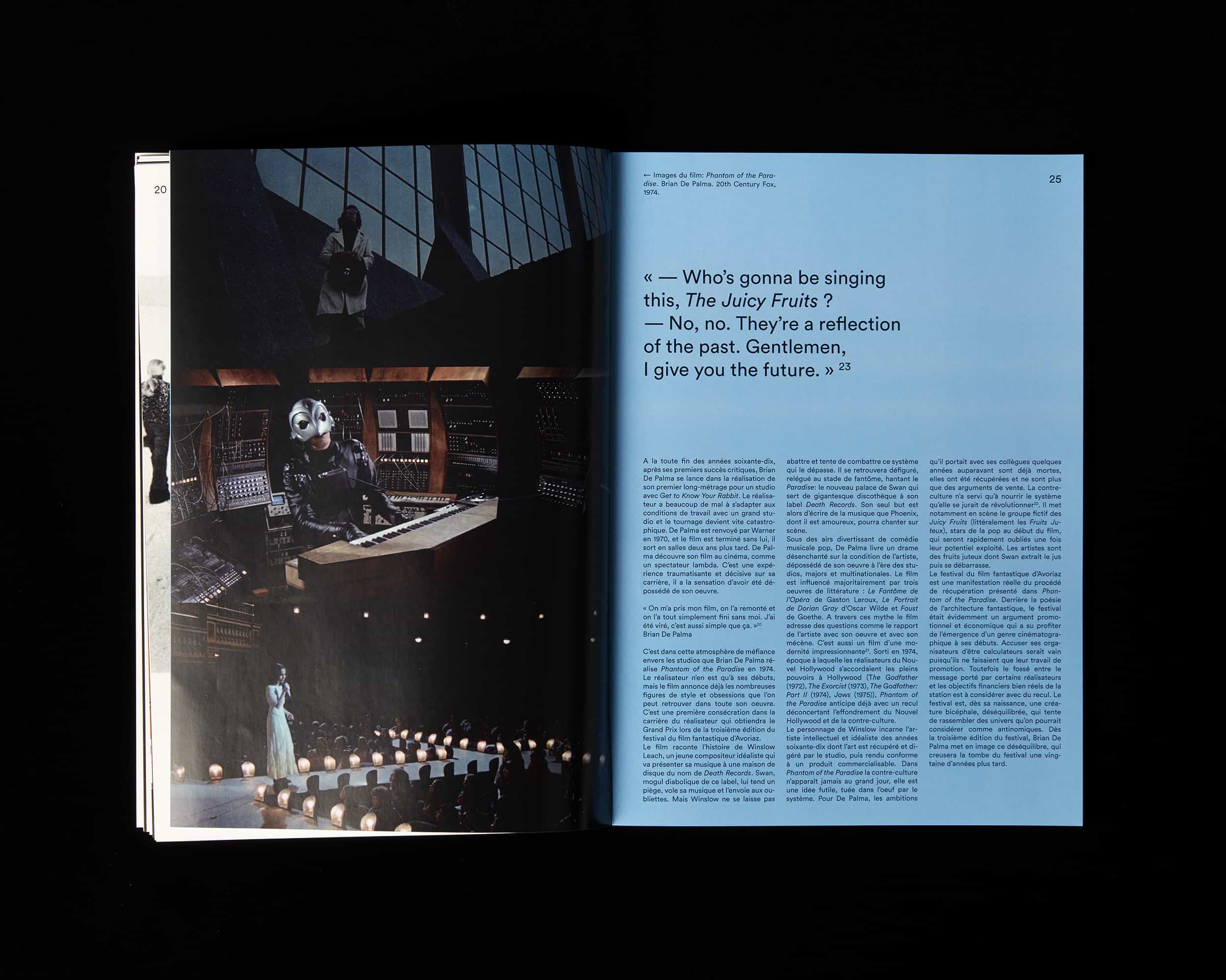
Technospace: The Intangible Elements Comprising its Architecture
Patrycja Pawlik
This thesis delves into the techno and rave culture that emerged and permeated the world in the early 1990s. Key focal points include the phenomenon of collective dancing, innovative party formats, the centrality of music, and the exuberant appropriation of diverse spaces—all of which contributed to the rich history of raving. The narrative unfolds against the backdrop of Poland's transformation post the fall of communism in 1989, with a particular emphasis on the evolution of the techno scene. Examining the spatial progression of techno venues, from their illicit underground origins to their commercialized maturity, epitomized by colossal festivals and immersive interiors in techno clubs, this research explores the contemporary potential of these transient environments. In these spaces, the body and dance continue to play pivotal roles in self-exploration and fostering a sense of social belonging.
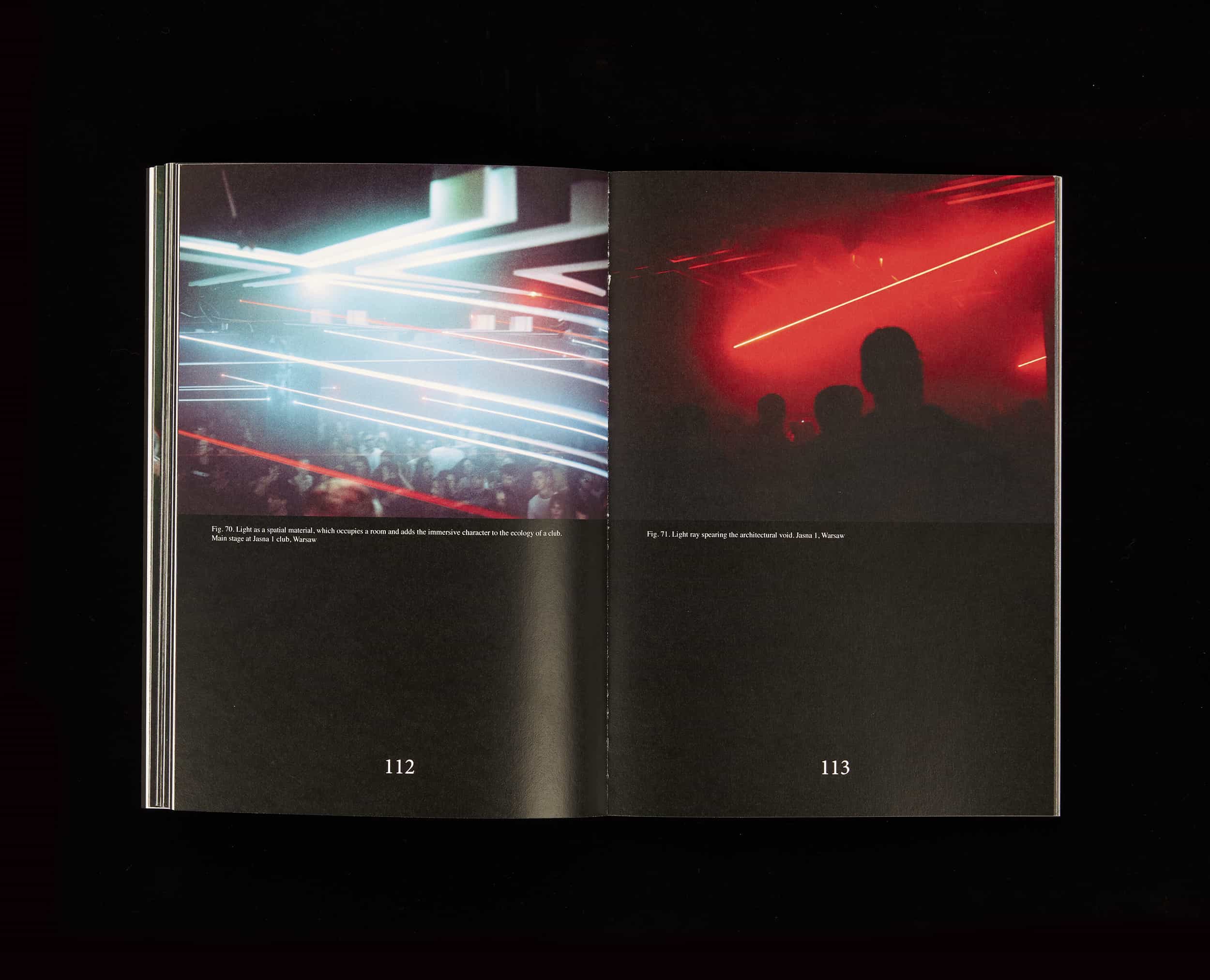
L’architecture au service du travail du sexe
Louise Plassard
The architecture that hosts sex workers encompasses a diverse range of settings, ranging from public spaces like streets to seemingly private environments such as brothel rooms, homes, and hotels. This thesis aims to unveil the locations and spatial organization of sex work in Geneva from the perspective of contemporary feminist ideologies. Exploring the historical facets of sex work, an analysis is conducted on the spatial configurations that have accompanied it across different periods and locations. Subsequently, the current situation in Geneva is investigated through various case studies and interviews with individuals directly involved, aiming to discern an optimal layout for a space designed to cater to sex workers and their profession. The overarching goal of the research is to conceptualize spaces that facilitate a semantic shift from perceiving the individual as a "prostitute" (an object) to recognizing them as a "worker" (a subject) within space. Here, material choices, whether featuring windows for street visibility or opting for complete opacity, play a crucial role in shaping the environment, as architecture has an immediate impact on and internalizes the working conditions of sex. It becomes clear that sex work has historically been intertwined with urban landscapes, and its spatial manifestations offer insights into societal structures and public policies.

MAIA: Master of Arts in Interior Architecture (HEAD – Genève)
Head of Department: Javier Fernández Contreras
Scientific Deputy: Valentina de Luigi
Tutors: Vera Sacchetti, Roberto Zancan, Meriem Chabani
Photos : Guillaume Collignon, Pool Photo HEAD – Genève
